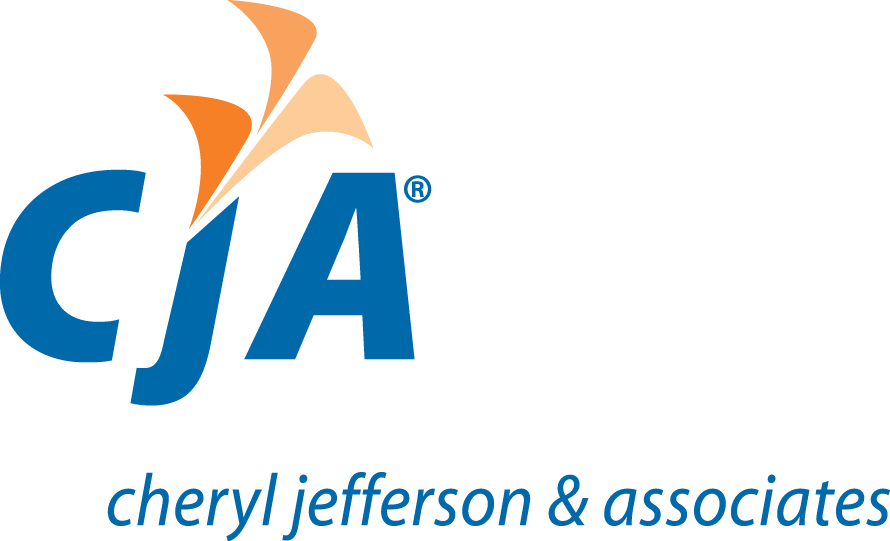Overhead versus G&A Indirect Costs
Is there an important difference between a general and administrative (G&A) expense and an overhead (OH) expense? Do these indirect costs really matter? The answer is yes if you want to remain a government contractor and avoid issues with DCAA. The following information will help you make decisions about how to classify these expenses that don’t have an obvious home at first glance.
What are direct and indirect costs?
Let’s start with reminding ourselves of the two kinds of expenses that exist when dealing with contracts: the direct costs and the indirect costs. Direct costs are those expenses that can be traced directly to a cost objective. A cost objective can be a contract, project, task, or a contract line item. An indirect cost is an expenditure that cannot directly be identified with a single, intermediate or final cost objective; it is associated with two or more cost objectives. G&A and OH are indirect expenses because they are costs that are incurred in the course of running your company and cannot directly be tied to a single contract.
What are General and Administrative Expenditures?
General and Administrative expenditures are the portion of indirect costs that apply to your whole organization. They are costs that support the overall operation of business. Even if you have no government contracts, you would still have G&A expense. A direct relationship to any particular cost objective cannot be shown. Some examples of G&A expenses would be accounting, legal, general liability insurance, bank fees, and corporate licenses.
If an employee does not work on direct labor projects and performs functions that relate to the overall running of the business, then the labor would be G&A. The time an HR employee spends hiring a new worker would be an example of labor that is considered G&A since it is an expense associated with the overall operation of the business and not a particular project. The cost of office supplies, postage, and furniture would all be considered G&A since they are costs that would exist even if there was no billable work.
What are Overhead Expenses?
Overhead expenses are the other portion of indirect costs and relate to projects, but not to just one. If you have no projects, then you have no overhead. Overhead supports the direct costs of the revenue generating projects of the company. An example would be indirect labor, which is categorized by what you are doing at the time. A manager’s time spent overseeing several projects could be classified as overhead labor since it would be costly to separate the time spent between each project. However, if the manager is attending a general meeting with all other managers at headquarters, then the time would be considered G&A labor. The travel costs to attend this meeting would also be considered G&A labor. Expenses follow the employee. So a cell phone used by the manager would be considered an overhead expense since his primary job is to oversee projects. An example of an expense not associated with labor that is an overhead expense is the depreciation on a piece of equipment that is used on several projects and is not associated with just one cost objective. FAR 31.201-4 –Determining Allocability provides additional detail.
How are Indirect Costs Allocated?
To find the total cost of a job in your company, you have to take the sum of direct costs and an allocation of indirect costs. How are indirect labor and expenses attributed to the cost of jobs? They are distributed across projects based on the project’s direct labor hours, direct labor costs, and/or direct material costs. Overhead rates are developed by dividing the Overhead costs by the selected allocation base of direct labor dollars or direct labor hours, typically. G&A rates are usually determined by the total cost input base representing the total activity of the business.
So when you are trying to find a home for all those expenses that don’t fall neatly into the cost of one project, you now have some guidance on where they all belong. At a minimum, be consistent in your logic as to where you record your expenses. If you still have questions, then you should call Cheryl Jefferson and Associates — the professionals who make sure your contracts will be in alignment with the federal acquisition regulations (FAR) if the Defense Contract Audit Agency (DCAA) audits them.
Contributed by Elizabeth A. Wells
